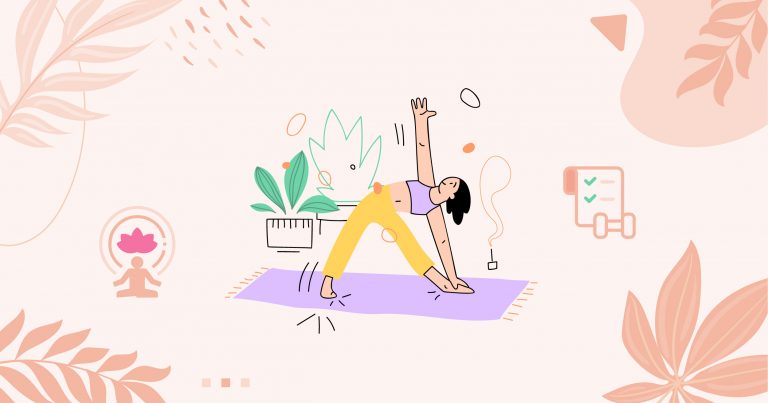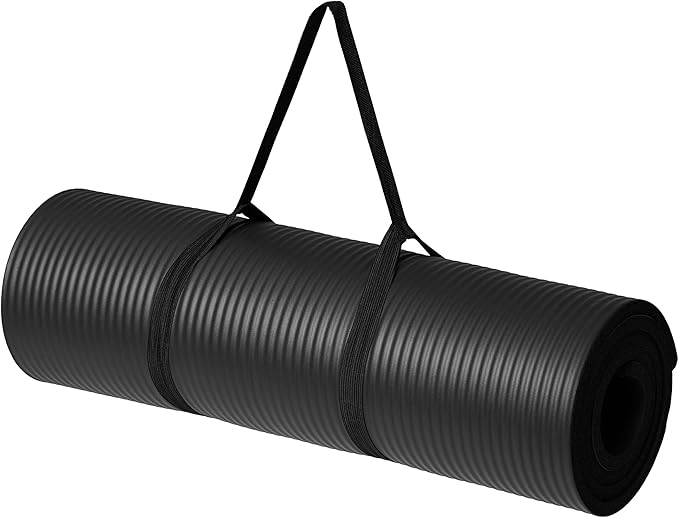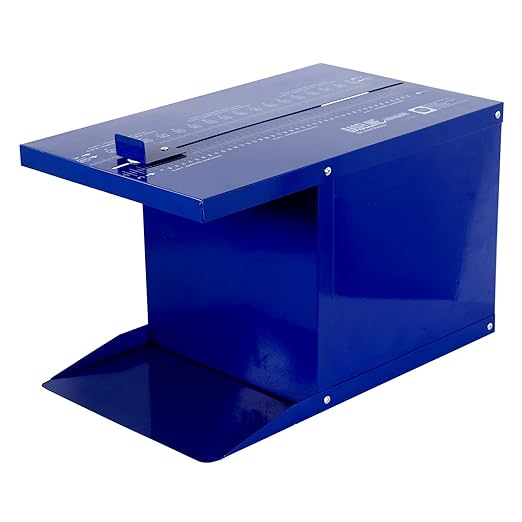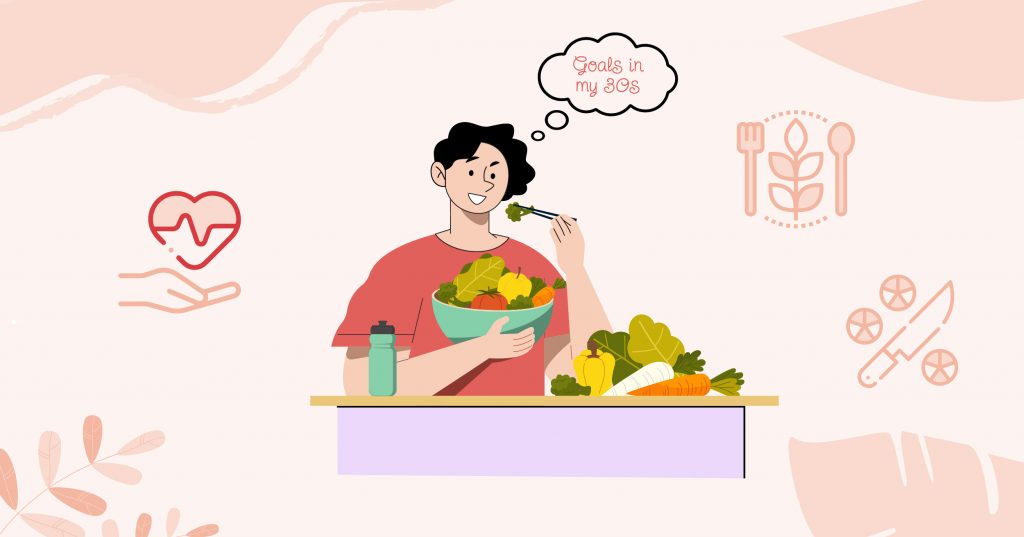“Stiffness overpowering, body yearning for flexibility; drenched in aches, doubting very ability,”
Does your body feel stiff and in pain when you wake up every morning? Your body may feel way too old for your actual age, as it doesn’t feel refreshed and active.This is all because of an unhealthy lifestyle and lack of movement in your body.
You might wonder how some people performing yoga in the morning can flexibly touch their feet, perform elegant poses, and move gracefully. Flexibility is the answer to such beautiful and free movements.
Here, we will explore the importance of flexibility and how it benefits our bodies and minds.
What Is Flexibility?
We all have seen people with highly flexible bodies and fitness goals they have achieved and have the desire to achieve the same. However, lacking motivation and information is always a blockage to achieving that level of free movement in your body and ultimately keeping you to yourself.
Flexibility refers to the ability of your muscles and joints to move through their full range of motion. It is not as simple as its definition; however, if determined, one can achieve that capability of one’s body with regular exercises and yoga poses.
Having a flexible body not only helps you enhance your overall performance but also reduces the risk of injuries. You can control the flexibility of your body depending on various factors, such as muscle length, the structure of your joints, or your nervous system.
Quick Question:
Do you feel tightness in specific areas of your body, like your hamstrings or shoulders?
Why Flexibility is Beneficial for Your Fitness
There are several benefits a flexible body offers that can extend beyond a physical level. You can perform movements with great flexibility and ease, as flexibility helps improve and enhance your athletic performance.
Taking the example of a professional gymnast, Simone Biles, she attributes her outstanding performance to her diligent flexibility training. This training has had a special impact on her complex routines, making them smooth and efficient.
If you are someone who wants to maintain a good posture and balance, then improved flexibility is one of the best solutions for you. It reduces muscle tension and prevents injuries, keeping your body fit and healthy. If you are a working person and are always complaining about back pain and stiffness, it is essential to do stretching exercises to keep your body active and have a productive workday.
Additionally, practicing flexibility exercises helps keep your mind active and promotes well-being. Research has shown that regular stretching or flexibility exercises lower stress and anxiety. Also, people who practice yoga have a more flexible body and calm and clear mind, which helps them manage and reduce daily stress effectively.
Quick Question:
Have you noticed any improvement in your posture or reduction in muscle soreness after starting a stretching routine?
Effective Techniques to Increase Flexibility
Are you wondering how you can increase the flexibility in your body and what the most effective techniques are? Then, you can achieve a highly flexible body and calm mind with the powerful methods and tips given below:
#1: Exercises to Improve Flexibility
To improve your flexibility, you can incorporate specific exercises into your daily routine to keep your body well-maintained and progress on track. Here are some of the common exercises:
- Hamstring Stretches:
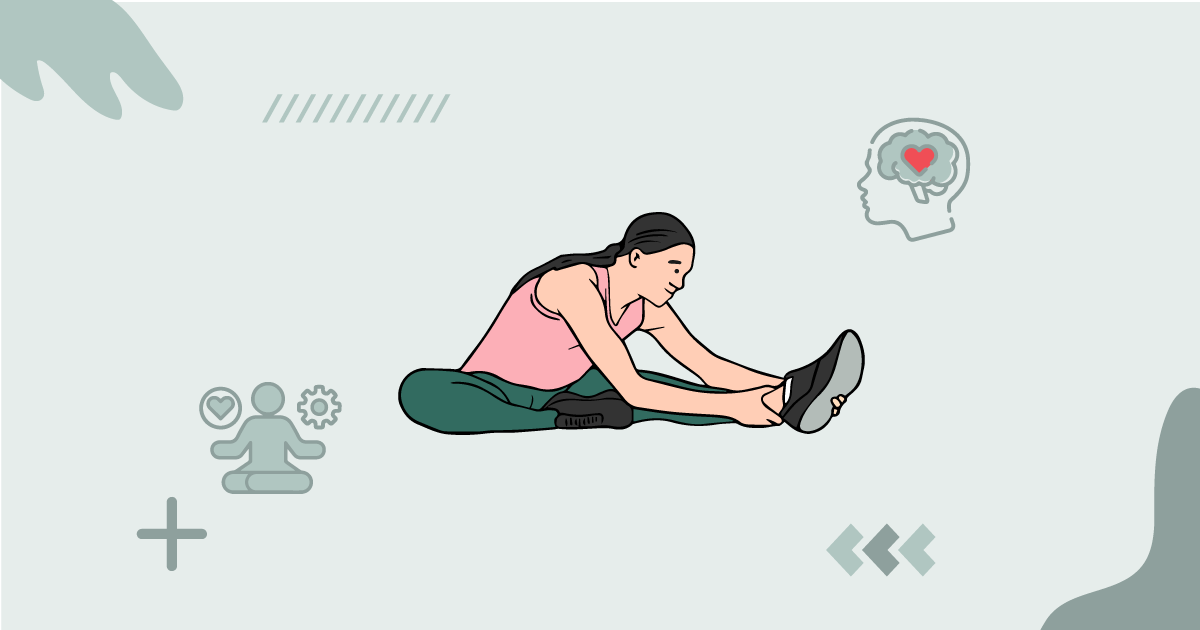
One of the best and most common ways to stretch your body is doing hamstring stretches. To do this, you must sit on the floor with one leg extended and the other bent. You then have to reach forward to your toes. This practice will help you lengthen the hamstring muscles, reducing tension and mobility.
- Hip Flexor Stretches:
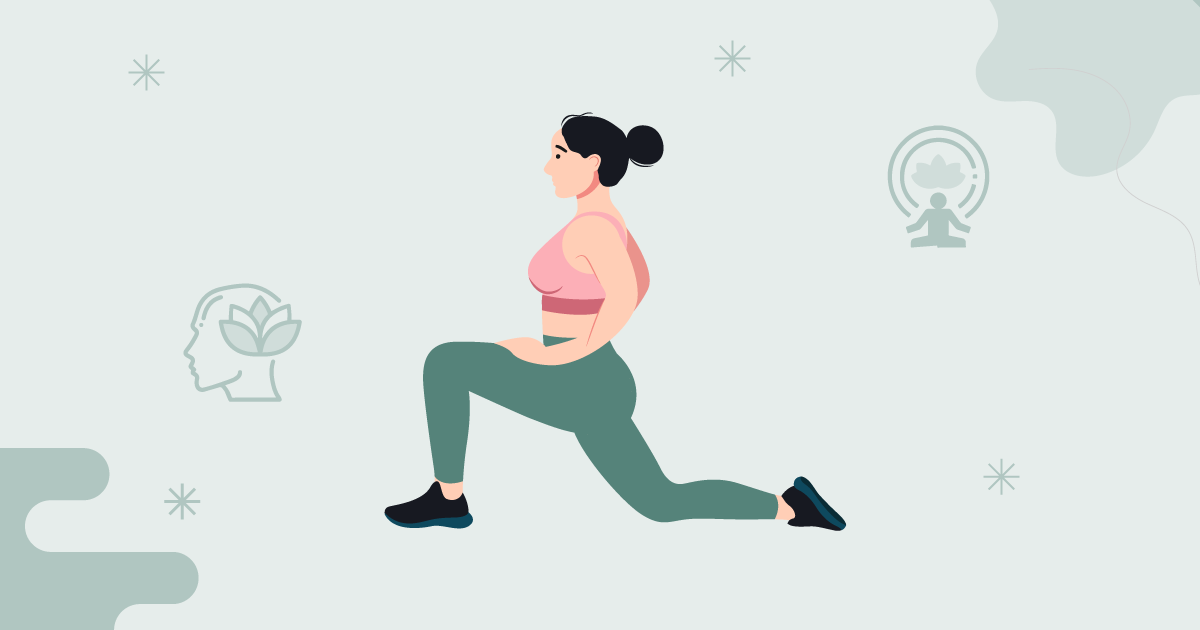
To practice this technique, you must kneel on one knee with one foot in front and gently push your hips forward. This position will help you stretch your hip flexors, which can become tight, and enhance mobility through prolonged sitting.
- Shoulder Stretches:
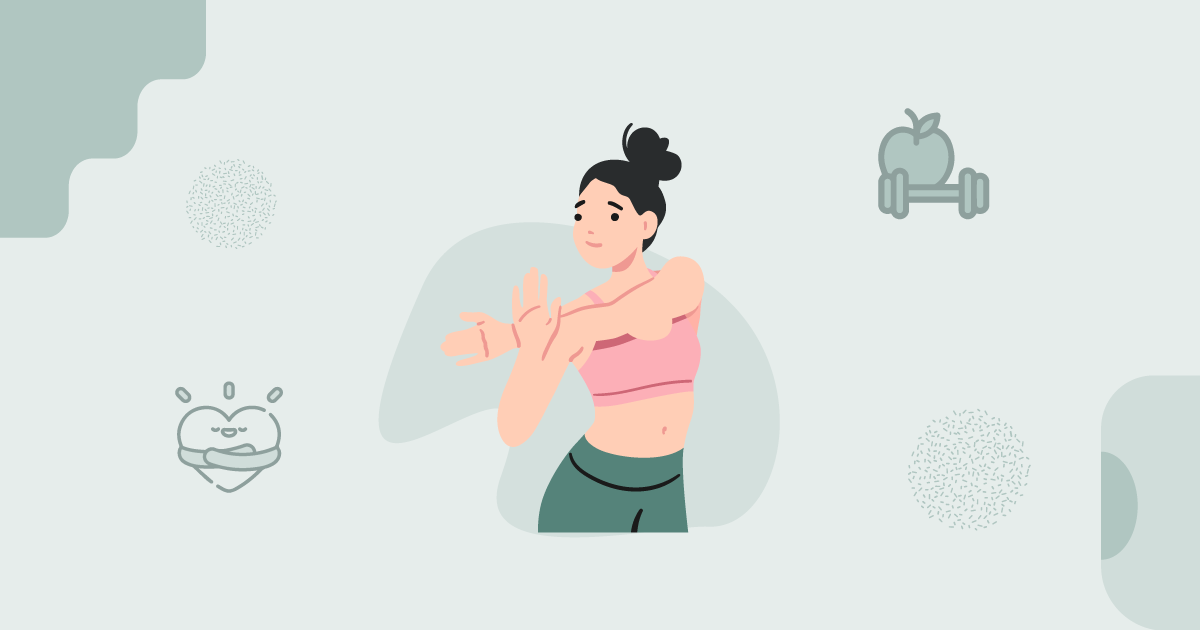
For the Shoulder stretching exercise, you extend your arm across your body. Then, use the opposite hand to gently press the extended arm towards your chest. This exercise can increase your shoulder’s flexibility, which is crucial for daily activities like reaching and lifting.
Quick Question:
Have you experienced any setbacks in your flexibility training? How did you overcome them?
#2: Stretching Exercises for Flexibility
It is important to include stretching exercises to increase the flexibility in your body. Given below are various types of stretching:
- Static Stretching:
A static stretch involves holding the stretch for a period of time, usually 10-15 seconds. This helps to lengthen the muscles, such as a calf stretch against a wall.
- Dynamic Stretching:
Dynamic stretching involves moving parts of your body and gradually increasing your speed, reach, or both. You can start by practicing leg and arm swinging in a circle.
- Ballistic Stretching:
To practice ballistic stretching, you must move your body with bouncing moments by pushing it beyond its normal range of motion. If you want to do this stretching, you need to make sure that you are performing it with caution, typically when you are an advanced athlete.
- PNF Stretching:
Proprioceptive Neuromuscular Facilitation (PNF) includes the stretching and contracting of the muscle group you are targeting. You can do this method with a partner.
Quick Question:
Do you prefer stretching alone or with a partner for motivation and assistance?
#3:Yoga Poses to Increase Flexibility
Yoga is well known for its flexible poses and positions. A person who practices yoga daily has a flexible body and a calm mind. Here are some of the most beneficial yoga poses for achieving flexibility.
- Downward Dog (Adho Mukha Svanasana):
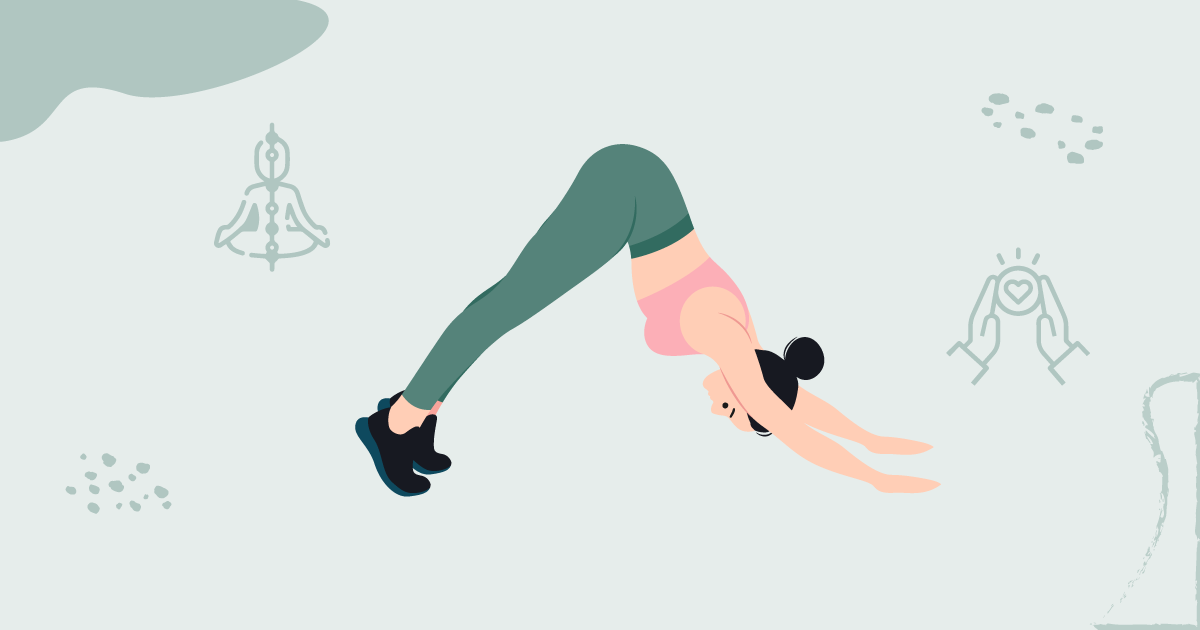
You have to start on your hands and knees for the Downward Dog position. Then, lift your hips up and back, keeping your legs and arms straight. Try to press your heels towards the ground and spread your fingers wide.This pose helps stretch your hamstrings, shoulders, and calves. It also enhances your flexibility and relieves you from prolonged sitting and standing.
- Child’s Pose (Balasana):
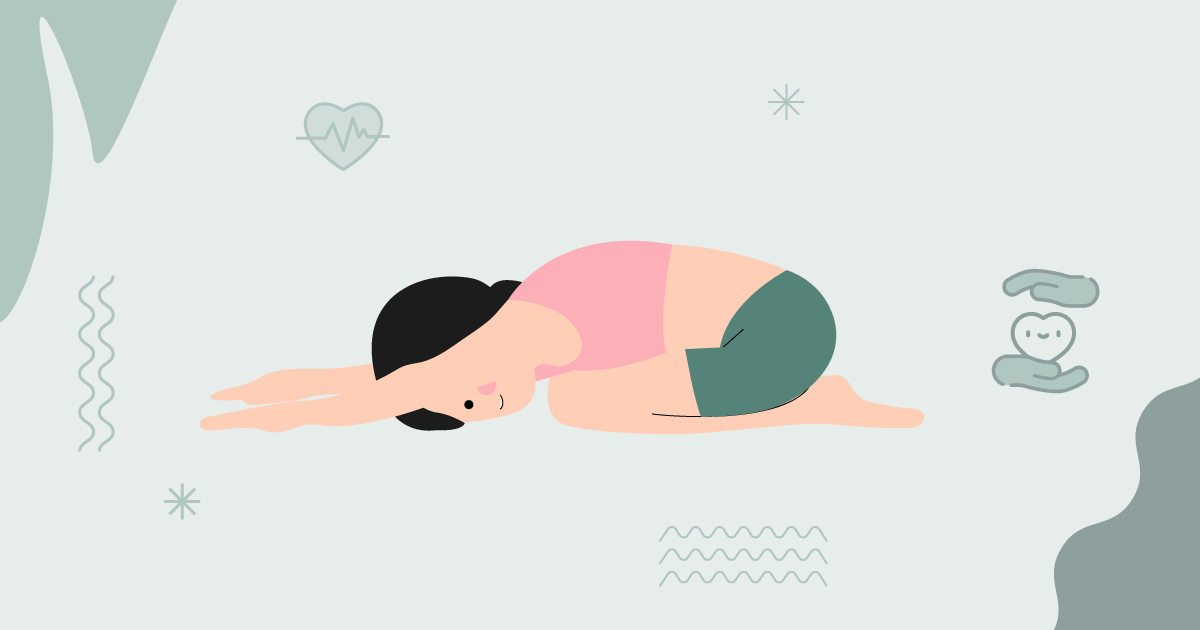 For the Child’s pose, you kneel on the floor, touch your big toes together, and sit on your heels. After that, lower your torso between your thighs and extend your arms forward while resting your forehead on the yoga mat.
For the Child’s pose, you kneel on the floor, touch your big toes together, and sit on your heels. After that, lower your torso between your thighs and extend your arms forward while resting your forehead on the yoga mat.
- Pigeon Pose (Eka Pada Rajakapotasana):
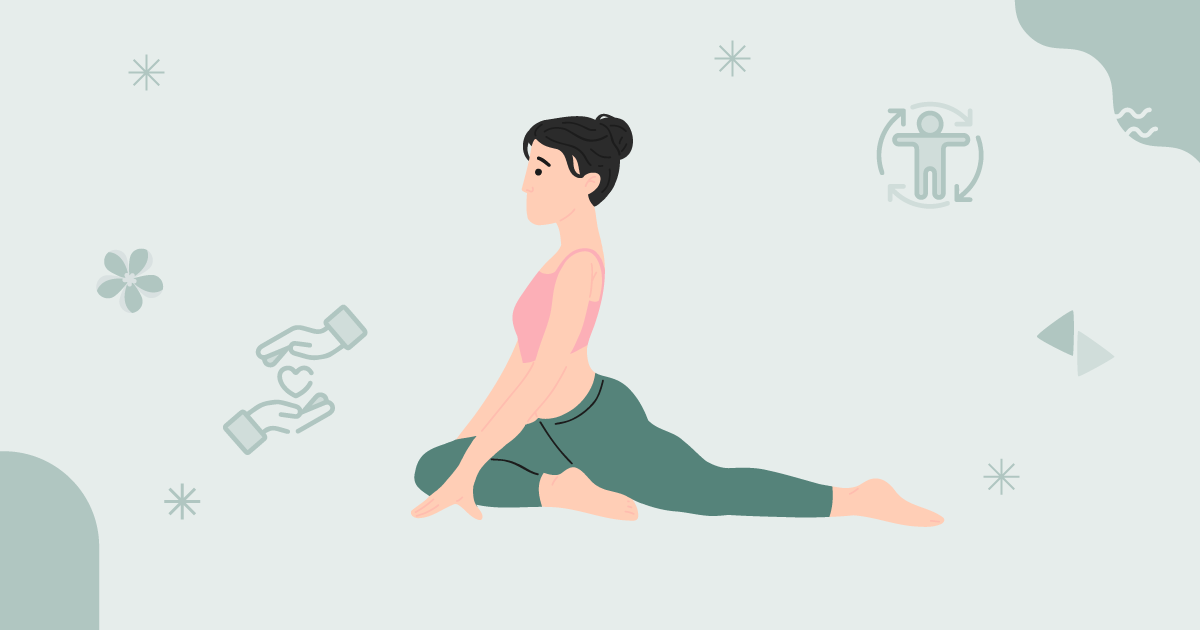 Start this position by bringing your right knee forward from a plank position and placing it behind your right wrist. Then, extend your left leg back, keeping your hips square. Now, lean forward, resting on your forearms or laying your torso on the ground.
This position focuses on the flexibility of your hip and relieves the tension in your lower back. This is most beneficial to people who have sedentary lifestyles or chronic back discomfort.
Start this position by bringing your right knee forward from a plank position and placing it behind your right wrist. Then, extend your left leg back, keeping your hips square. Now, lean forward, resting on your forearms or laying your torso on the ground.
This position focuses on the flexibility of your hip and relieves the tension in your lower back. This is most beneficial to people who have sedentary lifestyles or chronic back discomfort.
- Seated Forward Bend (Paschimottanasana):
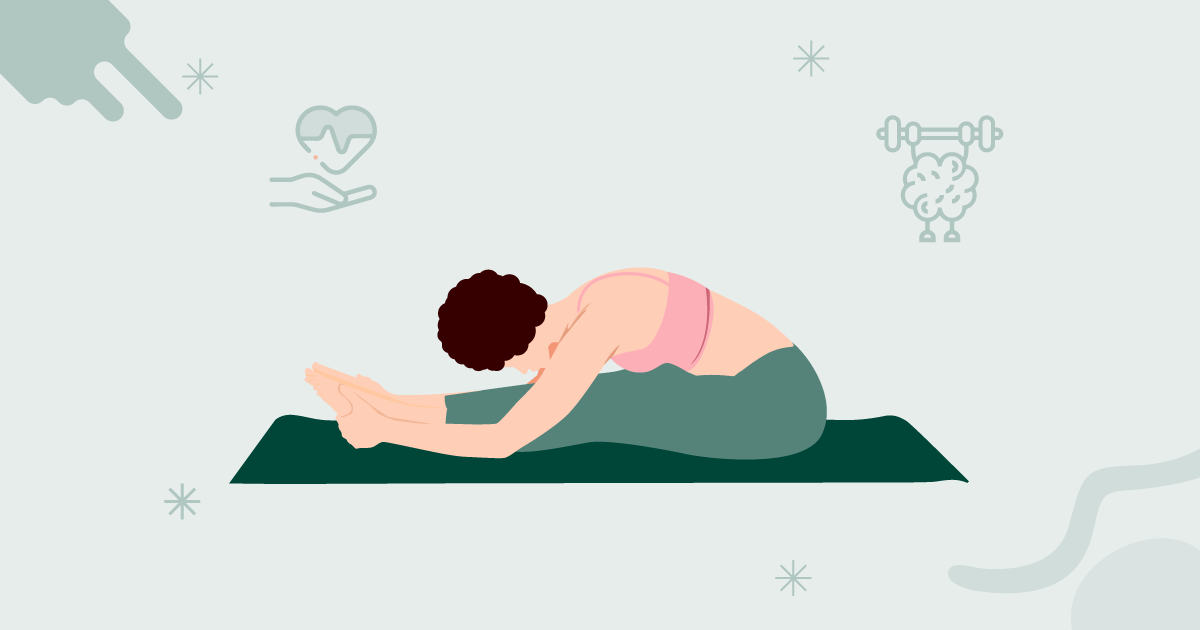 To achieve a Seated Forward Bend position, you have to sit on the floor with your legs extended straight in front of you. Then, inhale while lengthening your spine and exhale when you reach forward, trying to touch your toes or grab your feet.
This pose stretches your shoulders, spine, and hamstrings and helps with the flexibility of your posture. One of the best poses to prevent the effect of sitting too long.
To achieve a Seated Forward Bend position, you have to sit on the floor with your legs extended straight in front of you. Then, inhale while lengthening your spine and exhale when you reach forward, trying to touch your toes or grab your feet.
This pose stretches your shoulders, spine, and hamstrings and helps with the flexibility of your posture. One of the best poses to prevent the effect of sitting too long.
Quick Question:
Which yoga pose do you find most challenging, and why?
Useful Tips to Increase Flexibility
Achieving greater flexibility requires more than just exercises. Here are some additional tips to keep in mind:
- Be Consistent:
Consistency is the key. You can start your flexibility exercises with your fitness routine; however, it is important to try to achieve consistent results. Start by doing them at least three times a week, and then gradually increase the practice to achieve lasting improvements.
- Warm-Up First:
It is important to warm up with muscle exercises before light cardio to prevent injuries. This helps increase blood flow to muscles, making them more flexible.
- Listen to Your Body:
You need to listen to your body to get the best results and avoid unwanted strain. Practicing stretching should not be painful. You can push to the point of mild discomfort but not pain. Overstretching and pushing through pain can cause injuries and setbacks.
- Stay Hydrated:
Staying hydrated is one of the most important things to maintain your body’s muscle elasticity and joint lubrication. Drinking enough water ensures that you can stretch your muscles effectively.
- Be Patient:
You cannot achieve flexibility in a day or two; it requires consistency and patience. Improving your body’s flexibility requires time and slow progress. You can stay motivated by celebrating small gains.
🎭 Activity:
Create a stretching log. Track the exercises you do each day and note any changes in your flexibility over a month.
Summary
It is important to incorporate flexibility exercises into our daily routines to ease tasks that require a flexible body, such as reaching to a high shelf or relieving body aches and pains.
Flexibility plays an important role in our overall health and fitness of mind and body. Using a flexibility testing box, you can test your flexibility to track your fitness progress and establish a baseline. It includes incorporating various stretching techniques, such as dynamic, static, ballistic, etc., to help your body reach the highest level of yourself.
Yoga plays an important role in achieving a flexible body and calm mind, reducing stress. It is not something that you can achieve in a very short period; you have to be consistent, patient, and listen to your body to achieve the desired results and remarkable improvements. A flexible body can achieve activeness and happiness in your life.
“Calm mind, Achieved flexibility; embraced the essence of swiftness, and empowering ability.”
Are you ready for a 7-Day Flexibility Challenge? Let’s test your spirit!
Day 1: Test your flexibility using the sit-and-reach test.
Day 2: Incorporate 10 minutes of static stretching.
Day 3: Try a 15-minute yoga routine focusing on flexibility.
Day 4: Test shoulder flexibility with the scratch test.
Day 5: Practice dynamic stretches before your regular workout.
Day 6: Incorporate PNF stretching with a partner.
Day 7: Reflect on your progress and set new flexibility goals.
Sources
- University of Michigan: Your Guide to Stretching & Flexibility
- University of California, Berkeley: Mindful Stretching Guide
- University of Colorado, Denver: Improve Your Flexibility
- U.S. Departments of Veterans Affairs: Improving Flexibility
- University of Nebraska Medical Center: Proactive Flexibility and Balance Exercises and Activity Logs













